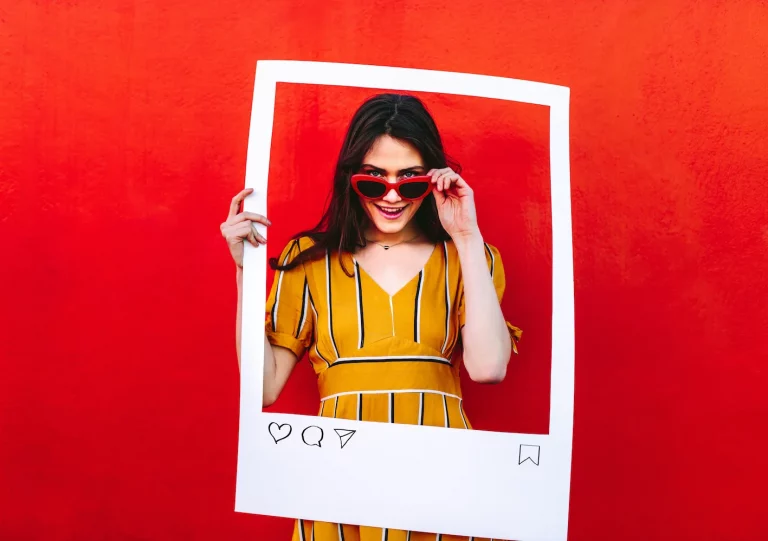Among the myriad marketing means and platforms, influencer engagement is quite the beast of its own. It can be dynamic, raw, highly interactive and engaging, and even to a certain degree unpredictable. Unlike 1-way broadcast, whether print or digital, or traditional celebrity endorsement, influencer engagement is inherently social. That means it often takes place on social media platforms like TikTok, Twitch and Instagram.
Why influencers of all means of publicity?
Before delving into management, it is worth looking at why influencers matter to marketers and brands. Three components sum up the key benefits that influencer engagement offers
- Social proof: It’s evidence that a brand’s offering is worth a shot
- Authority: Under the presumption that influencers are highly familiar with the brand, its industry, landscape and competition, they may be regarded as figures of authority and expertise
- Popularity: As people of influence, they already enjoy popularity, trust and attention, from which brands can borrow
A successful and popular influencer is the result of key criteria below. Whoever achieves them would enjoy resonance, reach and engagement
- Authenticity: In the age of curated feeds, it’s refreshing to see authenticity, which helps increase relatability
- Consistency: In the same vein as authenticity, when followers grow familiar with and subscribe to an influencer’s beliefs and values, it feeds into the authenticity factor
- Aesthetics: Because we all like to indulge in visual pleasure
Quick SWOT analysis
Looking more closely at the influencing landscape, opportunities abound. Globally, from 2022 to 2030, according to projections, the influencer marketing platform market will grow from US$10.54 bil. to US$94.24 bil. at a CAGR of 31.5%. Instagram continues to be the platform of choice, with 56% of marketers expecting to use it for influencer marketing. YouTube comes in 2nd. This is not surprising because influencer marketing has unique strengths that other marketing means don’t. Once they attain influencer status, their unique set of followers/fans regard them as reliable and relevant. When brands choose the right influencers, they open doors for brands to walk right into the lives of their target audience, while already enjoying some trust because of the assumed endorsement.
Because the collective term “influencers” cover a wide range from micro ones to international celebrities who are to some extent unpredictable as mentioned earlier, there are risks to note. Key ones incl. cancel culture and misinformation. A stellar example of the former is Kanye West’s downward spiral from popularity that resulted in adidas dropping him as a collaborator and endorser. Misinformation on the part of the influencer can have great, negative impact too. The public took Kim Kardashian to task for allegedly misleading investors to purchase a new and unstable cryptocurrency, Ethereum Max (EMAX). You might already have guessed it was because EMAX could be easily mistaken as the 2nd most valuable cryptocurrency Ethereum (ETH).
Across influencers big and small, the problem of fake followers and bots persists. Unfortunately, followers can be bought (bot). It is vital to sniff out and avoid those who buy fake followers. Spend the marketing dollar on real reach and impact, not fake likes and engagement.
How do you wish to influence whom?
Distilling the key message, sifting out the target audience, and defining the desired behaviour post-interaction with influencers’ content will help sharpen the influencer engagement strategy. It determines the kinds of influencers to seek and pitch to. If your target audience dwells mostly on Twitch, it is only sensible to prioritise an influencer’s Twitch engagement rate over their Instagram stats. If the message is a sombre one, about suicide prevention, for instance, the content format should be fitting too–it is much likelier to be a solemn talking head than a TikTok-style dance challenge.
Since it is a collaborative engagement, and influencers hold some authority in the space where they dwell most, agencies should consult influencers. After all they know their followers and their behaviours the best. It should go without saying that a professional person of influence shall make recommendations and ensure the content is as effective as possible in meeting the campaign objective.
Action for Aids (AFA)’s engagement of Singapore’s very brave, proudly vocal anti-racist and inclusivity advocate @preetipls is an instance of great influencer selection. The execution was effective reach and communication.
It is important too to remember that influencers are, no matter their “numbers”, mere mortals. They are multi-faceted–while they wear labels such as makeup gurus, they can also be avid readers, eczema sufferers, pet owners, etc.…at the same time. Pigeonholing your pool of influencers then would be limiting their potential and how far your relationship with them can go. Looking through the same lens at brands you work with, there are often more angles to pitch a product or service than you had expected.
Fit with the brand
This nifty checklist will help when shortlisting influencers that would fit a brand. It is accompanied by questions and links that illustrate each point.
- Values alignment: Could Xiaxue ever advocate for an organisation fighting for the welfare of migrant workers?
- Tone of voice: Could Michelle Chong’s Ah Lian character ever be hired by Tiffany and Co.?
- Messaging: Fitting of Walmart to work with @greyandmama on TikTok where young, hip parents and their child-free millennial counterparts dwell
- Brand compatibility: Fitness, fashion and beauty enthusiast @damndar on TikTok fit perfectly into Dyson AirWrap’s influencer engagement plan
- Overall campaign coherence
Pitch and brief writing
Influencers come from all walks of life. Hence, it is not safe to assume all of them would understand branding/marketing/communications jargon, including words like “copy”, “sfx”, “voxpop”, “fps”… Below is a checklist for pitch/brief writing.
1. Write plainly while effectively communicating
- Keywords/phrases/messages to incl.
- Deliverables
- Mandatories, if any
- No-go zones
- Call to action
- Tags: Location, hashtags, relevant accounts…
- Include images
- Leave as much room for creativity as the client is comfortable with!
2. Include images/screenshots/references where necessary
3. Leave as much room for creativity as the client is comfortable with!
Correspondence
Because not all influencers are celebrities and/or have a talent manager, correspondence can be informal, unstructured, piecemeal and, hence, messy. Keeping communication to 1 email thread may be uncommon, unlike other work correspondence. A general tip is to use threads for every different job/conversation.
Below are some notes on using the different channels
1. Via Instagram Direct Message (IG DM)
- Keep it short and sweet with all the key what, who, when, where, why and how
- After initial contact, move on to texting or email, whichever the influencer prefers, for clarity and documentation
2. Via text message
- Going through the minute details is acceptable
- Reminders, urgent instructions and guidance may come through too
3. Via email
- State all details and requirements
- Attach any assets required
Tracking and reporting
- As-and-when updates: Informally, probably over WhatsApp
- Regular updates (probably weekly/fortnightly): Formally, over email
- End-of campaign updates: Formally, over email with montage comprising snapshots/screengrabs of coverage indicating KOLs, etc.
- Bonus: If client reports to their colleagues/higher-ups, consider drafting an accompanying note for when they share the end-of-campaign report internally, drumming up the agency’s efforts and good work
Tip for relationship building
- Pre-outreach: Dig a little to find out if the influencer is available or already bound to a competitor
- Pitching for unpaid jobs: Even if the client doesn’t plan to pay, accept rate cards if offered to express interest in future opportunities
- Package deal: Employing 1 influencer for a few accounts usually stretches the marketing dollar, even if slightly. They’re more likely to deliver more than required
- Gifting: Whether from the client or agency, it makes the recipient feel remembered, appreciated, and valued






